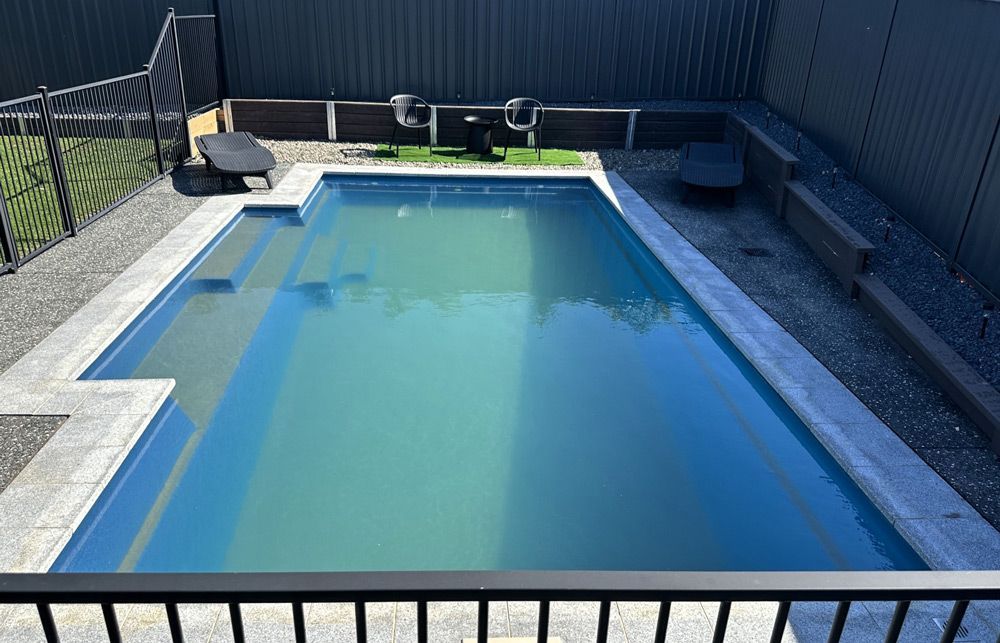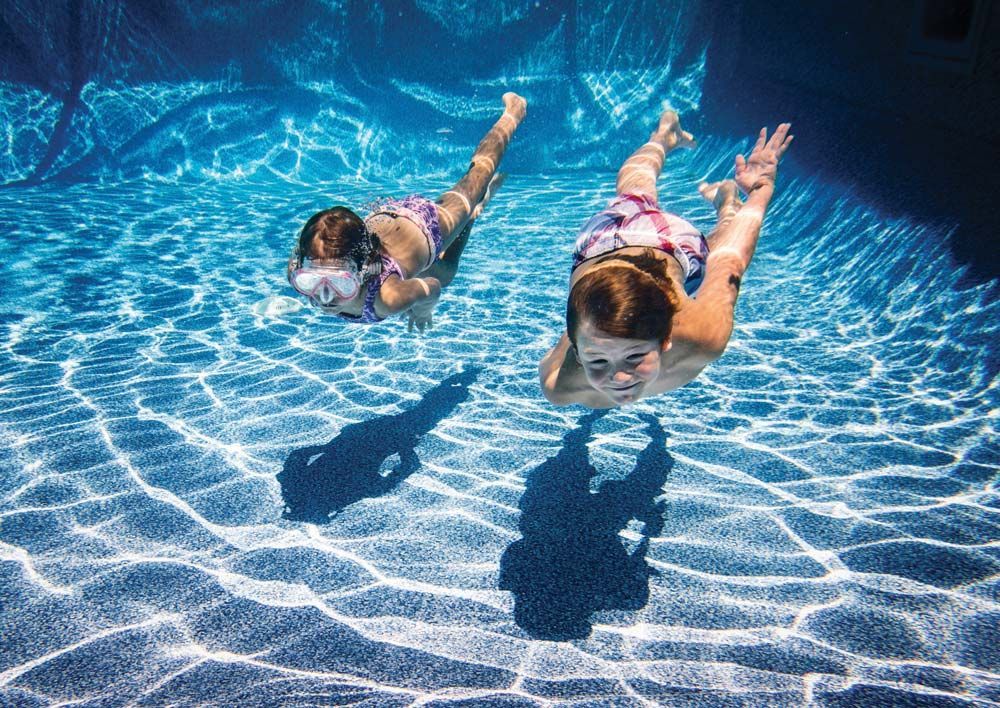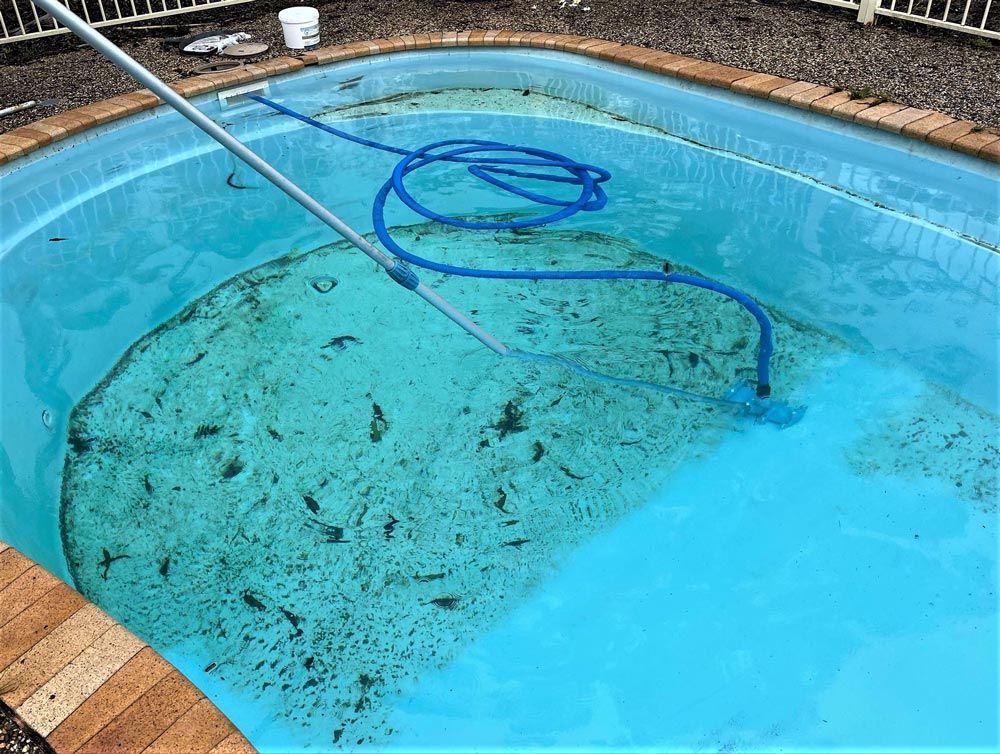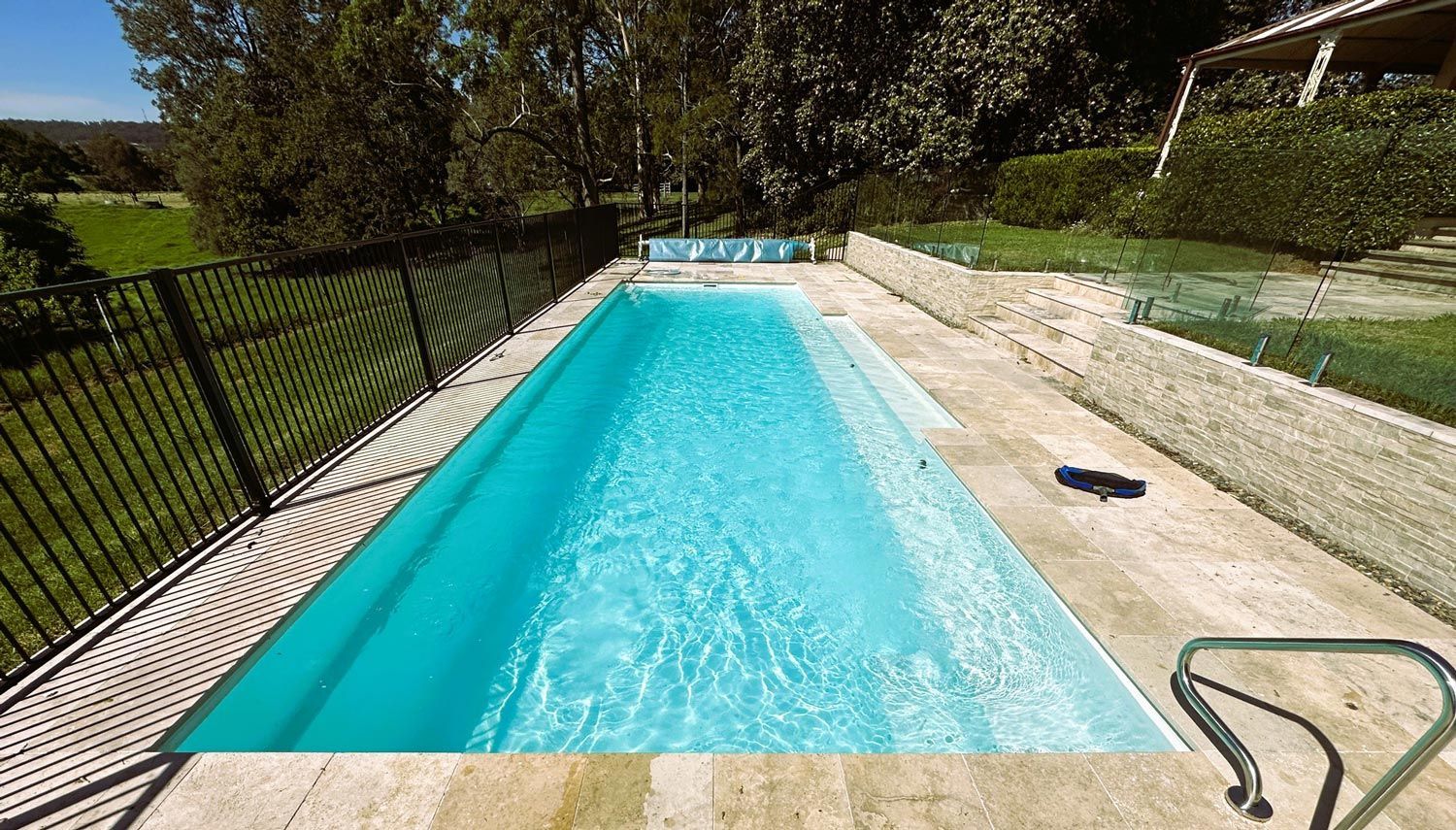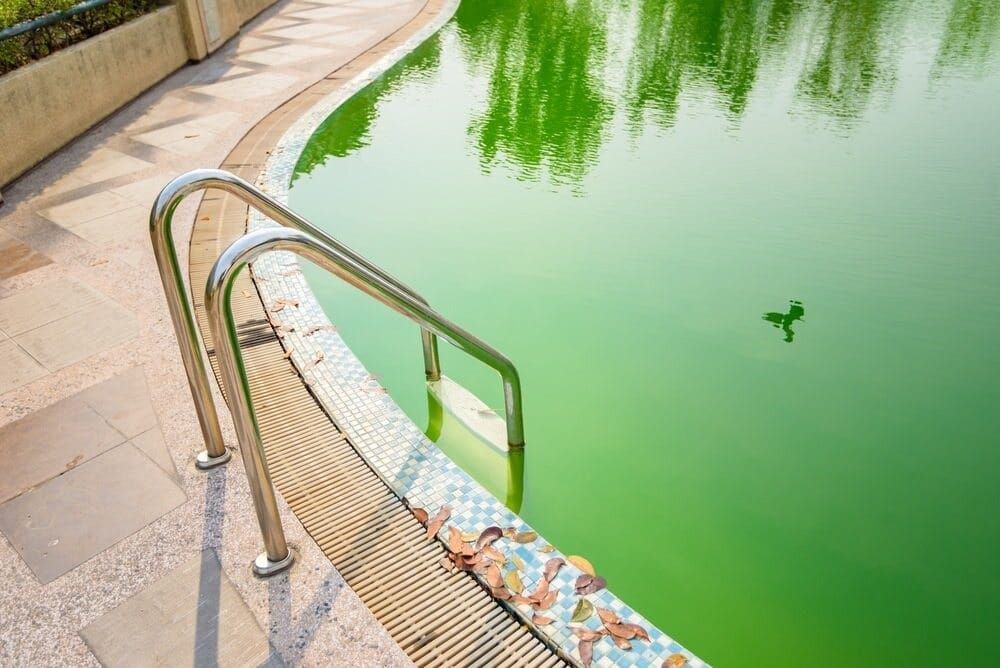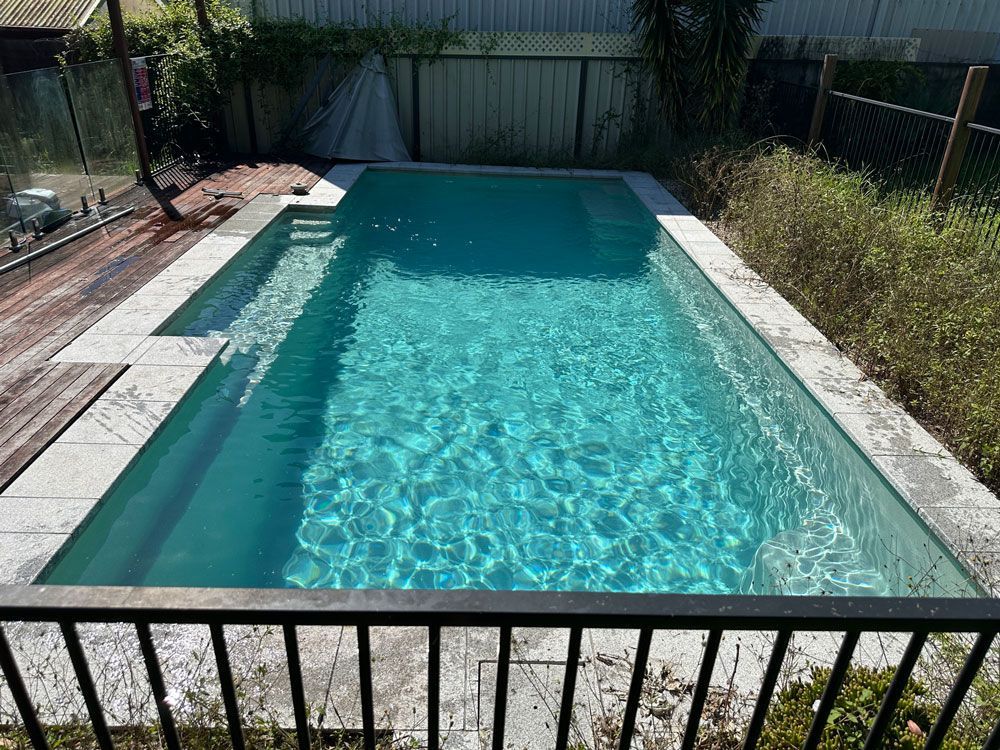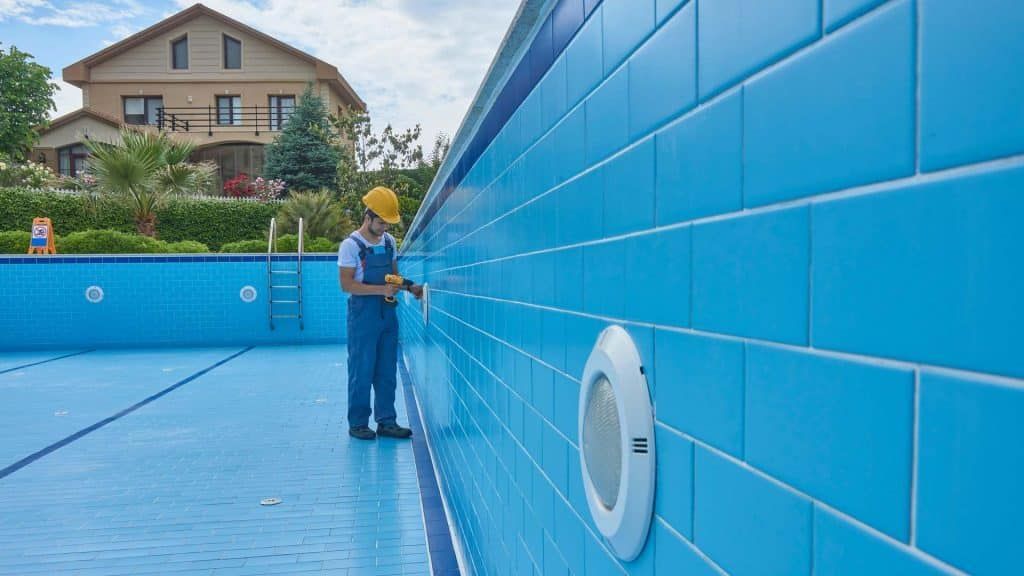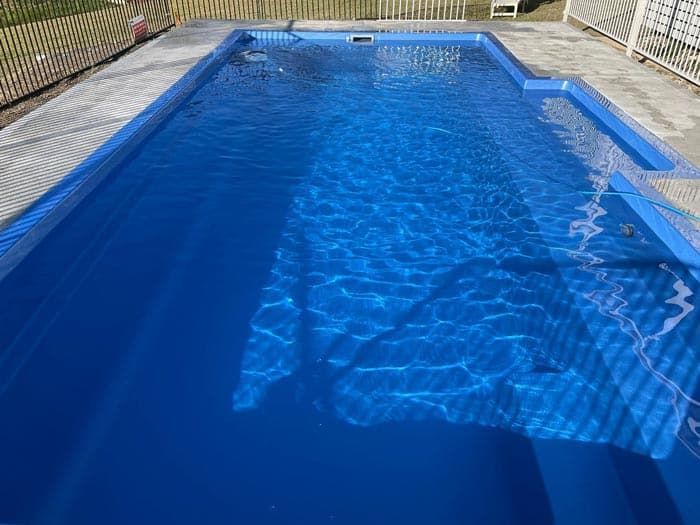A Comprehensive Guide on Adding Pool Chemicals Safely
Swimming pools are a fantastic addition to any home, offering a convenient way to cool off and relax. But to keep that water crystal clear and safe, one must be vigilant about pool maintenance, especially when it comes to the chemical balance of the water. This comprehensive guide covers all you need to know about adding pool chemicals safely, from understanding the basic chemistry to performing regular tests and taking safety precautions.
Understanding Pool Water Chemistry Basics
Swimming pool water chemistry may sound daunting, but it essentially boils down to a few key factors: pH levels, chlorine, alkalinity and water hardness.
- pH Levels: A measure of how acidic or alkaline the water is. The ideal range for pool water is between 7.2 and 7.8.
- Chlorine: An essential chemical that disinfects the water, killing bacteria and other harmful microorganisms.
- Alkalinity: Alkalinity acts as a pH buffer, helping to keep the pH levels stable. The recommended range is 80-120 parts per million (ppm).
- Water Hardness: This pertains to the calcium and magnesium content in the water. Hard water can lead to scaling, while soft water may cause corrosion.
Understanding these basic components allows for more effective and safer pool maintenance.
The Importance of Regular Water Testing
- Maintains Water Clarity: Consistent water testing helps to keep the water clear and free from algae.
- Prevents Health Risks: Imbalanced pool water can be a breeding ground for bacteria, potentially causing health issues.
- Optimises Chemical Usage: Regular testing ensures you are not adding too much or too little of a particular chemical, leading to cost-efficiency and environmental responsibility.
- Enhances Comfort: Properly balanced water prevents skin and eye irritation, offering a more enjoyable swimming experience.
Step-By-Step Guide to Adding Chlorine and Sanitisers
Handling Methods
Handle chlorine and sanitisers carefully, always wearing gloves and avoiding contact with skin or eyes.
Dosages
Dosages differ depending on the size of the pool and the product in use. Always follow the manufacturer’s guidelines for accurate measurement.
Timing
The best time to add chlorine is either early morning or late afternoon when the sun’s ultraviolet rays are less potent, as they can degrade the chlorine’s effectiveness.
Balancing Pool pH and Alkalinity
Balancing the pH and alkalinity levels in your pool is important, as it directly affects the efficacy of the chlorine used to sanitise the water. A lower pH level will make chlorine more potent but may also lead to corrosion and skin irritation. On the other hand, a higher pH makes chlorine less effective and could lead to cloudiness in the pool water. Alkalinity acts as a stabilising factor for pH, making it less susceptible to sudden fluctuations.
Safety Measures When Handling Pool Chemicals
- Personal Protective Equipment: Always wear gloves and goggles when handling chemicals.
- Proper Storage: Chemicals should be stored in a cool, dry place, away from direct sunlight and out of reach of children.
- Ventilation: Make sure the area where you’re handling chemicals is well-ventilated.
- No Mixing: Never mix different types of chemicals, as this could lead to harmful reactions.
Make Pool Maintenance Hassle-Free: Choose Taree Pool Supplies
At Taree Pool Supplies, we understand the challenges of maintaining a sparkling clean pool. Our range of products and services are designed to make this task easier for you, helping you spend more time enjoying your pool rather than maintaining it. For all your pool needs, don’t hesitate to contact us. Act now by scheduling a comprehensive pool water test with us.

